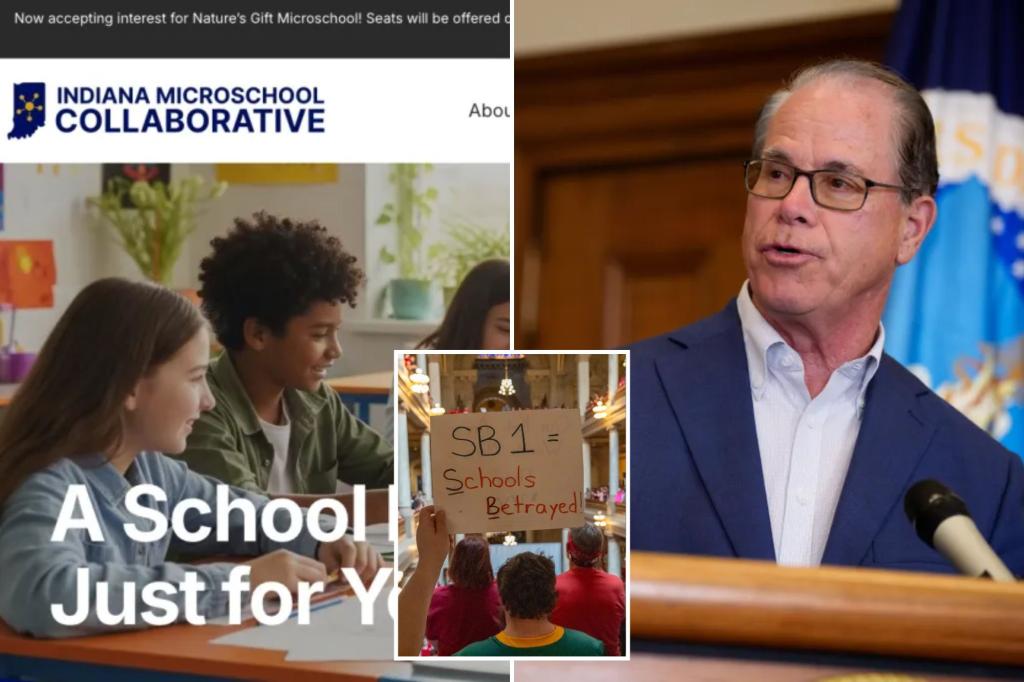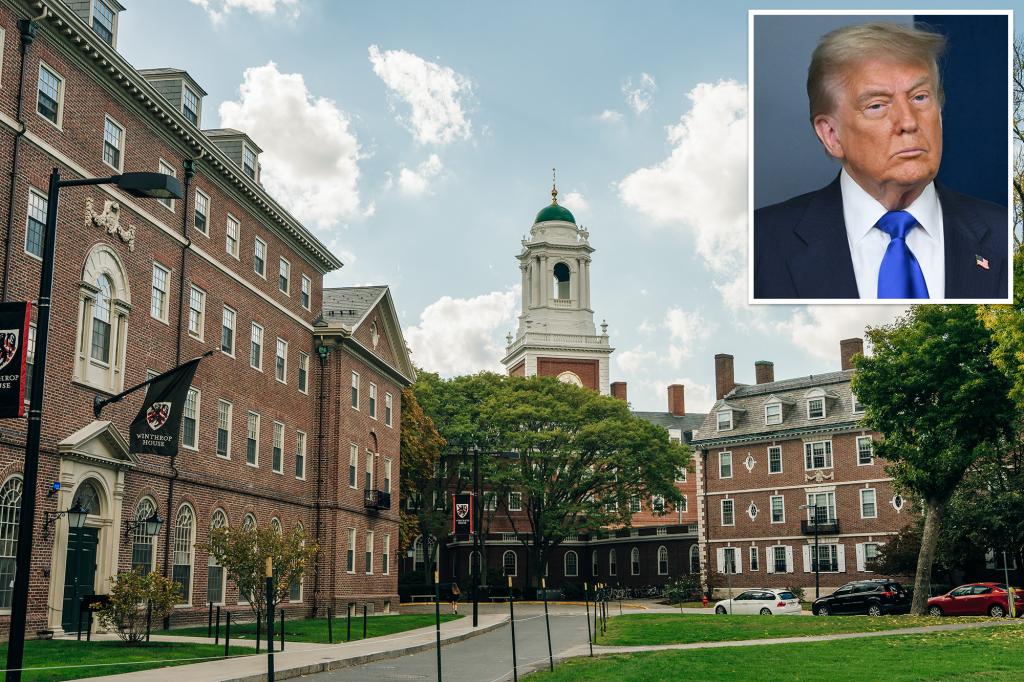Unveiling Educational Divides: Discover the Segregation in Your Local Private Schools
In a world that constantly strives for equality, the segregation within local private schools remains a pressing issue that often goes unnoticed. While public discourse usually centers around public school systems, it’s essential to shine a light on the hidden disparities that exist in the realm of private education. With the advent of innovative tools designed to analyze and reveal these divides, we can better understand the extent of segregation in our educational institutions, fostering informed conversations about equity and accessibility.
Understanding the Landscape of Private Education
Private schools, long regarded as bastions of academic excellence and specialized education, often come with their own set of challenges—chief among them being issues of segregation. The term “segregation” in education refers not only to the physical separation of students based on race or socioeconomic status but also encompasses the broader implications of unequal access to resources, opportunities, and support systems.
In many communities, private schools are perceived as elite institutions accessible only to families with substantial financial means. This perception, while rooted in some truth, oversimplifies a more complex reality. Here’s a closer look at how segregation manifests in private schools:
- Socioeconomic Segregation: Many private schools require significant tuition fees, which inherently limits enrollment to families from higher socioeconomic backgrounds. This financial barrier often excludes lower-income families, leading to a homogenous student body.
- Racial and Ethnic Disparities: Although many private schools promote diversity, statistics reveal persistent racial imbalances. In some regions, private schools may have predominantly white populations, further perpetuating systemic inequalities.
- Access to Resources: Private schools often have more funding than public schools, which can lead to disparities in facilities, extracurricular opportunities, and educational programs. This creates an uneven playing field for students from different backgrounds.
Revealing the Data: Innovative Tools for Analysis
To address these issues, various organizations and educational researchers are developing tools that help unveil the hidden disparities in private education. These tools utilize data analytics to provide insights into enrollment patterns, demographics, and educational outcomes. By leveraging this data, stakeholders can better understand the nature of segregation within their local schools and advocate for necessary changes.
For instance, some platforms allow parents and community members to access detailed reports on local private schools, including demographic breakdowns and financial aid statistics. This transparency encourages informed discussions about equity and helps parents make better choices regarding their children’s education.
The Importance of Community Engagement
Addressing segregation in private schools requires active participation from various community stakeholders. Here’s how different groups can contribute:
- Parents: By engaging in conversations about educational equity and advocating for inclusive policies, parents can help ensure that all children have access to quality education, regardless of their background.
- Educators: Teachers and administrators should recognize the importance of diversity in the classroom. Implementing inclusive curricula and culturally responsive teaching methods can create a more equitable learning environment.
- Local Governments: Policymakers play a critical role in regulating private education. By encouraging initiatives that promote diversity and accessibility, they can help bridge the gaps in educational equity.
Case Studies: Learning from Successes and Challenges
Examining successful private schools that have made strides in promoting diversity offers valuable insights. For example, some institutions have implemented sliding scale tuition models, allowing families from various income brackets to enroll their children. Others have partnered with local organizations to provide scholarships specifically for underrepresented students.
Conversely, challenges abound. In some cases, private schools may resist change due to entrenched traditions or fear of losing their identity. Understanding these dynamics is crucial for fostering a more equitable educational landscape.
Fostering Equity: Steps Toward Inclusion
Creating a more inclusive environment within private schools involves a multifaceted approach. Here are several strategies that can be employed:
- Scholarship Programs: Establishing robust scholarship funds aimed at underprivileged students can directly combat socioeconomic segregation.
- Diversity Training: Offering training for faculty and staff on cultural competence and anti-bias education can help create a more welcoming environment for all students.
- Community Partnerships: Collaborating with local organizations can enhance outreach efforts and increase awareness of available opportunities for families from diverse backgrounds.
The Role of Technology in Promoting Awareness
As technology continues to advance, it plays a significant role in raising awareness about educational disparities. Social media platforms, educational blogs, and community forums are powerful tools for sharing information and advocating for change. They can help disseminate research findings and success stories, making the conversation about segregation in education more visible.
Furthermore, online surveys and feedback tools enable parents and students to voice their experiences, providing valuable data that can drive policy changes within private schools. By harnessing the power of technology, communities can work collectively toward a more equitable educational system.
Conclusion: A Call to Action
Unveiling educational divides is not merely an academic exercise; it is a call to action for all of us. By discovering the segregation in local private schools, we can foster important dialogues about accessibility and equity in education. As we leverage innovative tools and engage community stakeholders, we can work toward dismantling barriers that prevent equal access to quality education.
Ultimately, the goal is to create an educational landscape where every child, regardless of their background, has the opportunity to thrive. By understanding and addressing the disparities in private schools, we can pave the way for a more just and equitable future in education.
See more TED Talks World



